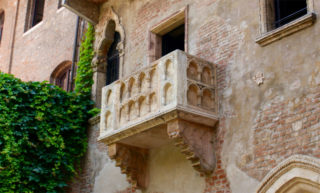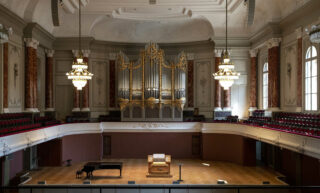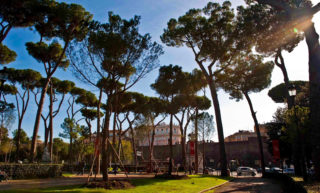The end of an era
Sinfonieorchester Basel
16 and 17 May 2018
Midori, violin
Hans Drewanz, Conductor
Péter Eötvös - Concert for violin and orchestra
Richard Strauss - Eine Alpensinfonie
An Alpine Symphony, a tone poem by Richard Strauss (1864 – 1949) evocating the climb up and down an alpine mountain, is a late-Romantic masterpiece that can be understood on multiple levels.
The first sketches of the work date back to the summer of 1879 when the young composer laid down in notes his impressions of a hike up the mountains in the Bavarian foothills of the Alps interrupted by a thunderstorm. When Strauss picked up the material again in 1900, it was intended to become the first movement of a symphonic piece inspired by the life of the Swiss portraitist and avid mountaineer Karl Stauffer-Bern who died from mental derangement. It eventually evolved however into the independent tone poem you will hear this month.
The ascent and descent are also seen as the cycle of life, starting and ending, as the composition does, in the obscurity of the night or nonexistence.
Finally, the piece can be understood as an expression of Nietzsche’s paradigm of the eternal, magnificent nature where one becomes liberated and purified through one’s own work and strengths. This explains why the current title of the work was initially preceded by “Der Antichrist”. That Strauss eventually dropped the prefix could be prompted by his claim that all his tone poems, although underpinned by a narrative, are nothing more than “an expression of and a purely musical development of my own sentiments”.
Strauss is often reproached for being a 19th century romantic who hasn’t been able to catch up with modernity. His music remained firmly rooted in tonality, while his contemporaries of the second Viennese School had broken new grounds. Within the score of An Alpine Symphony, critics also point towards the use of “banal” things as the use of cowbells, a wind machine and a thunder sheet. However, if one assumes that Strauss, as a socially engaged person, was fully aware that he was living at the end of an era, one could also read the tone poem – his last one – as a climax of it. Rather than making the transition into a new age, he chose to celebrate the old at its zenith. According to most he succeeded gloriously. For all the criticism, a large number of works from Strauss’s vast oeuvre, including An Alpine Symphony, are still, deservedly, repertoire pieces.
In this light, it is a good choice to schedule a modern piece such as the second violin concerto by the prolific Hungarian composer Peter Eötvös (b. 1944) alongside Strauss’s tone poem. The work, carrying the rather basic title DoReMi, reflects upon how a complex world is made up of simple elements. The composition indeed evolves around the simple first three notes of a scale introduced by three triangles. Where western music tends to centre around Do, traditional eastern European music gravitates towards Mi. The tension between the two is at the core of the concerto. In particular towards the end, the lyricism of Romani music is easy to discern.
On the occasion of the UK premiere, the violinist Midori, to whom the piece is dedicated -note the resemblance between her name and the title- said it is one of the most difficult works she ever played. It is a pinnacle of the modern violin repertoire; a tour the force she will repeat again in Basel.
These English program notes have been published in the magazine (No. 7, 2017/2018) of the Sinfonieorchester Basel.








Comments